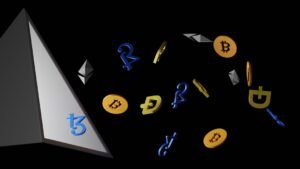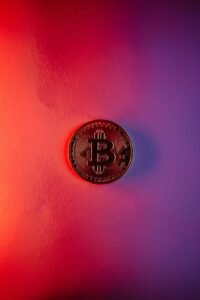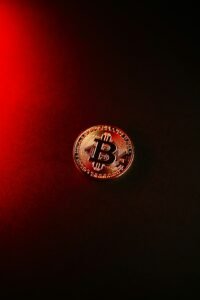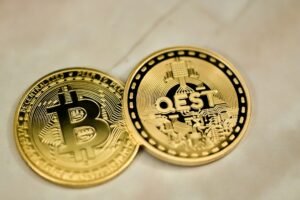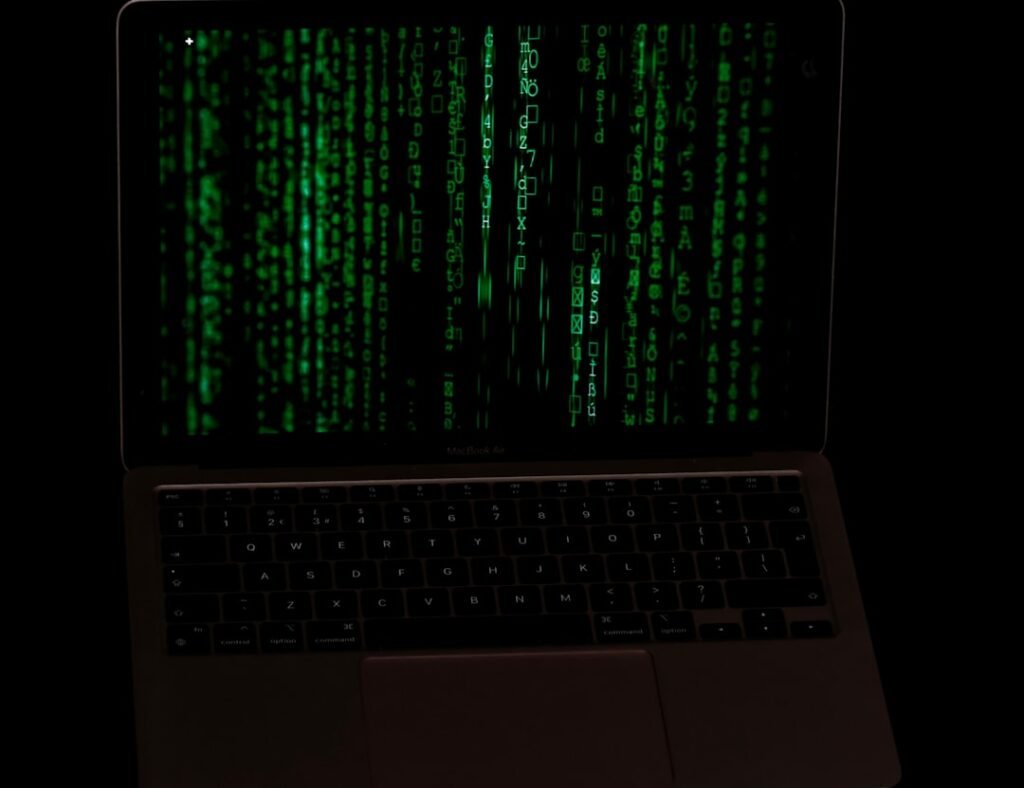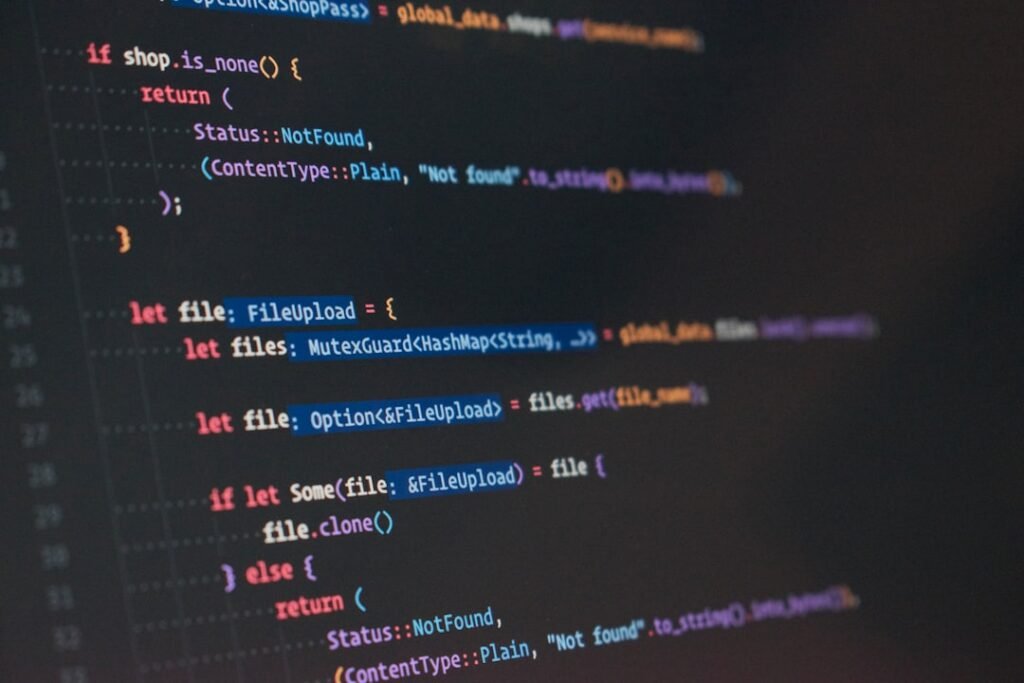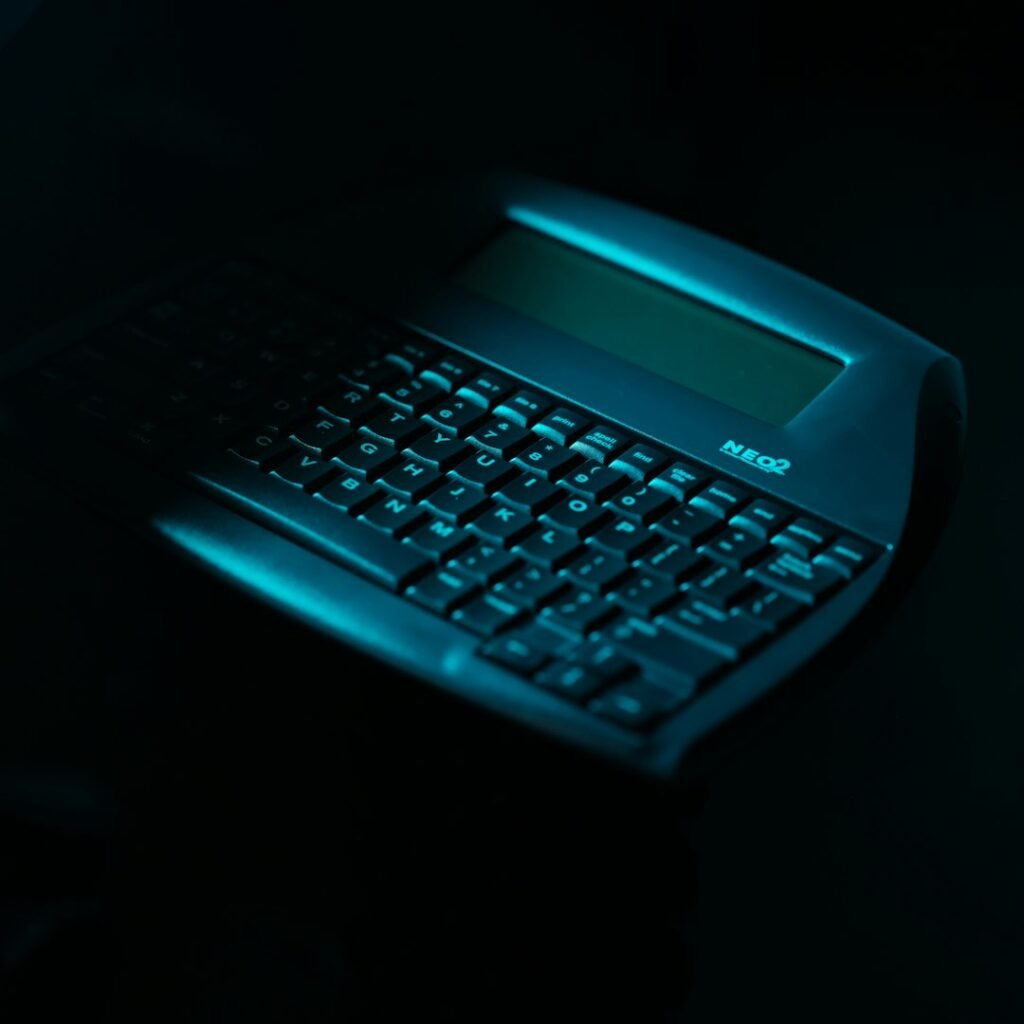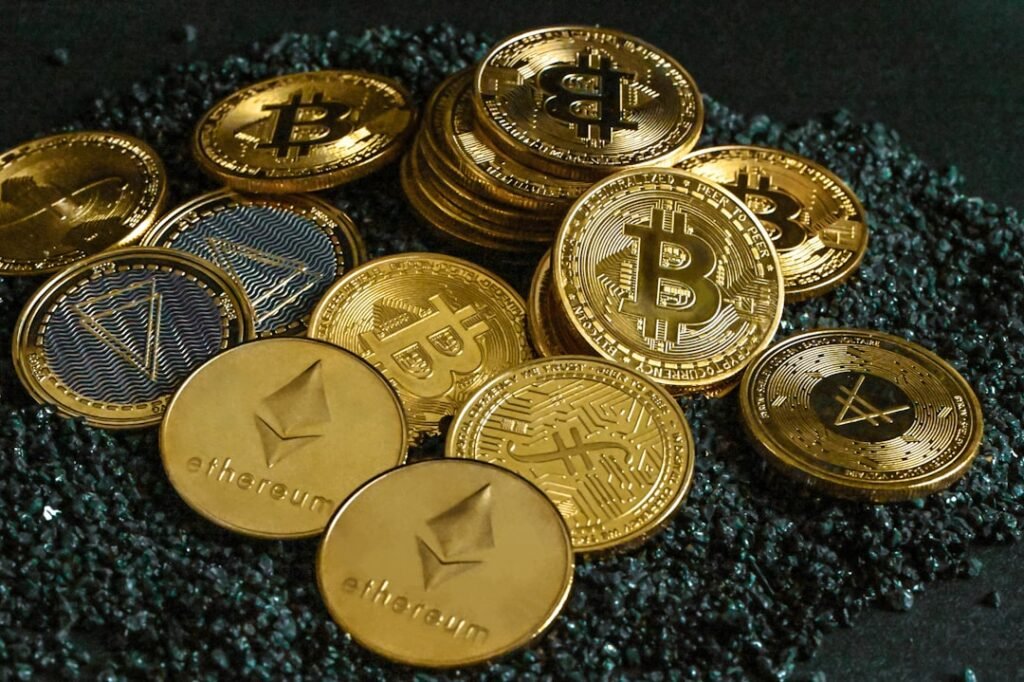Digital Art NFTs: Why Are People Willing to Spend Big Money on Digital Images?
Just a few months ago, Jazmine Boykins was posting her dreamy animations of Black life online for free. The 20-year-old digital artist, known online as "BLACKSNEAKERS," drew plenty of likes and shares but earned little income beyond selling merchandise between classes. Fast forward six months, and she’s sold over $60,000 worth of the same digital pieces—each fetching thousands. Her story isn’t unique. It’s part of an explosive revolution reshaping digital ownership: NFTs, or non-fungible tokens.
The NFT Big Bang
The numbers are staggering. Collectors and speculators spent over $200 million on NFT-based artwork, memes, and GIFs in a single month—nearly matching the $250 million spent in all of 2020. Then came the earthquake: digital artist Beeple (Mike Winkelmann) sold a collage for $69 million at Christie’s, making it the third-most-expensive artwork by a living artist. Suddenly, NFTs weren’t just a crypto curiosity; they were global headlines.
대체 불가능한 토큰이란 정확히 무엇인가요?
At its core, an NFT is a computer file paired with irrefutable proof of ownership and authenticity, like a digital deed. It lives on a blockchain—a tamper-resistant public ledger (often Ethereum). Unlike cryptocurrencies such as Bitcoin, which are "fungible" (one Bitcoin equals another), NFTs are unique. Their value is set by what someone is willing to pay, much like a Picasso or Rembrandt. Artists "mint" NFTs by uploading and validating their work on the blockchain, paying $40–$200 in fees, then auctioning them on platforms like Nifty Gateway or OpenSea.
The Scarcity Factor
Digital art has long been undervalued because it’s infinitely reproducible. NFTs solve this by adding artificial scarcity. For collectors, owning the "original" authenticated version—even if copies exist online—carries prestige. This isn’t new psychology:
- Baseball card collectors paid $3.12 million for a Honus Wagner card.
- Sneakerheads chase limited-edition Nikes.
- Martin Shkreli bought the only copy of Wu-Tang Clan’s Once Upon a Time in Shaolin for $2 million.
NFTs apply this logic to the digital realm. As Shaylin Wallace, a 22-year-old NFT artist and collector, explains: "I pay for the artist’s labor. They deserve compensation for their unique vision."
Why Now? Perfect Storm Catalysts
Several forces collided to ignite the NFT boom:
- The Pandemic: With lives moving online, virtual assets gained perceived value. "If your world is digital, spending on digital goods makes sense," notes one collector.
- Crypto Wealth Surge: Bitcoin’s 1,000%+ surge in 2020–2021 created a new class of crypto-rich investors seeking diversification.
- Mainstreaming Digital Goods: Gamers spent $82 on average in 2019 on Fortnite cosmetics. CryptoKitties (digital collectible cats) racked up $32 million in trades since 2017.
- 아티스트 역량 강화: After years of generating engagement for platforms like Instagram with little pay, artists see NFTs as economic liberation. As Boykins says: "Seeing digital art bought at these prices gave me courage."
The "Whales" and the Ecosystem
Deep-pocketed investors—"whales"—drive record deals. Australian crypto trader Daniel Maegaard turned a $15M+ Bitcoin fortune into NFT investments, including a $1.5M virtual land parcel. He treasures his CryptoPunk #8348 (a pixelated Walter White lookalike), recently declining a $1M offer: "Selling it would feel like selling part of myself."
Platforms thrive on this frenzy. Nifty Gateway, launched in March 2020, hit $100M+ in art sales in its first year, taking 10–15% fees. Celebrities amplified the hype:
- Grimes sold $6M in NFT art in 20 minutes.
- Jack Dorsey auctioned his first tweet (bids topped $2.5M).
- NBA Top Shot traded $390M in NFT basketball highlights.
Beyond Speculation: Community and Utility
For many, NFTs transcend investment:
- Community: Projects like Bored Ape Yacht Club act as social clubs, granting access to exclusive events and networks.
- Royalties: Artists can program NFTs to pay them a percentage on resales—a revolutionary shift from traditional art markets.
- Gaming & Utility: NFTs power in-game assets (e.g., Axie Infinity’s virtual land), concert tickets, or membership tokens. As one investor notes: "I own Lamborghini NFTs usable across games, with real-world perks."
The Skeptics and the Shadows
Critics dismiss NFTs as a bubble, comparing them to 2021’s meme-stock mania. Valid concerns persist:
- Barriers to Entry: Minting fees and tech complexity exclude marginalized artists.
- Copyright Chaos: Work is copied and sold as NFTs without permission. Artist Connor Bell laments: "It’s another platform for theft."
- Environmental Toll: Blockchain’s energy consumption is massive. Most server farms run on fossil fuels, though some advocates argue impacts are overstated.
The Future: Revolution or Evolution?
Technologists believe NFTs hint at blockchain’s broader promise—transforming everything from real estate deeds to healthcare records. For artists like Andrew Benson, whose psychedelic videos now sell for thousands, NFTs are worldview-shifting: "Seeing my work valued makes me want to think like an artist again."
Meanwhile, projects like Metapurse (buyers of Beeple’s $69M piece) experiment with collective ownership, fractionalizing art into tokens co-owned by thousands. As their partner Twobadour states: "We’re opening art ownership to everybody."
Conclusion: Pixels with Purpose
NFTs merge scarcity, status, and technology into a potent new asset class. For artists, they offer overdue compensation and control. For collectors, they grant bragging rights to the "authentic" digital original. For speculators, they’re high-risk bets in a volatile market. And for technologists, they’re stepping stones toward a decentralized future.
Whether the boom sustains or bursts, one truth endures: digital ownership is no longer an oxymoron. As Pablo Rodriguez-Fraile, who flipped a Beeple piece for 1,000% profit, predicts: "A few years from now, this could simply be how people own art." The pixels have found their price—and their purpose.

